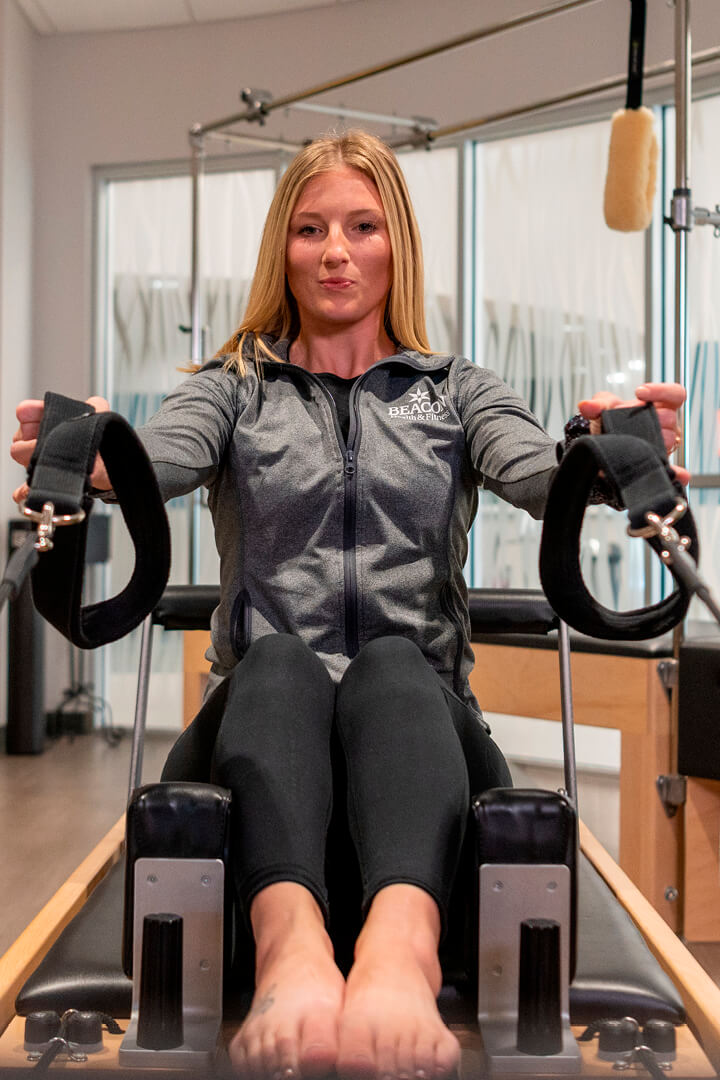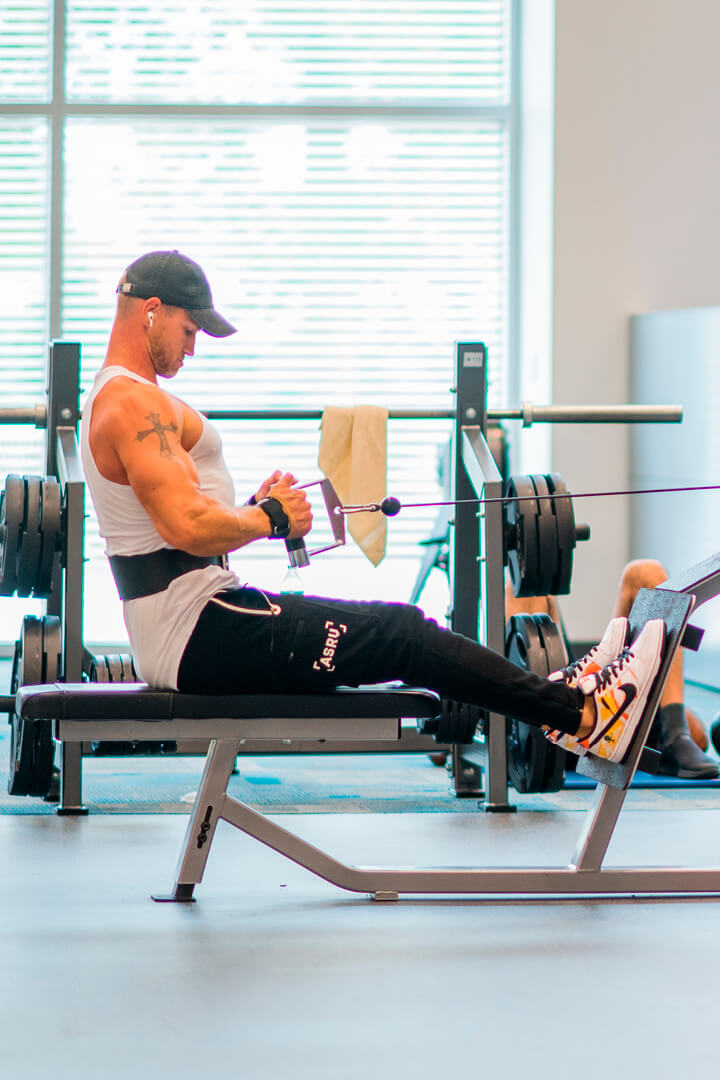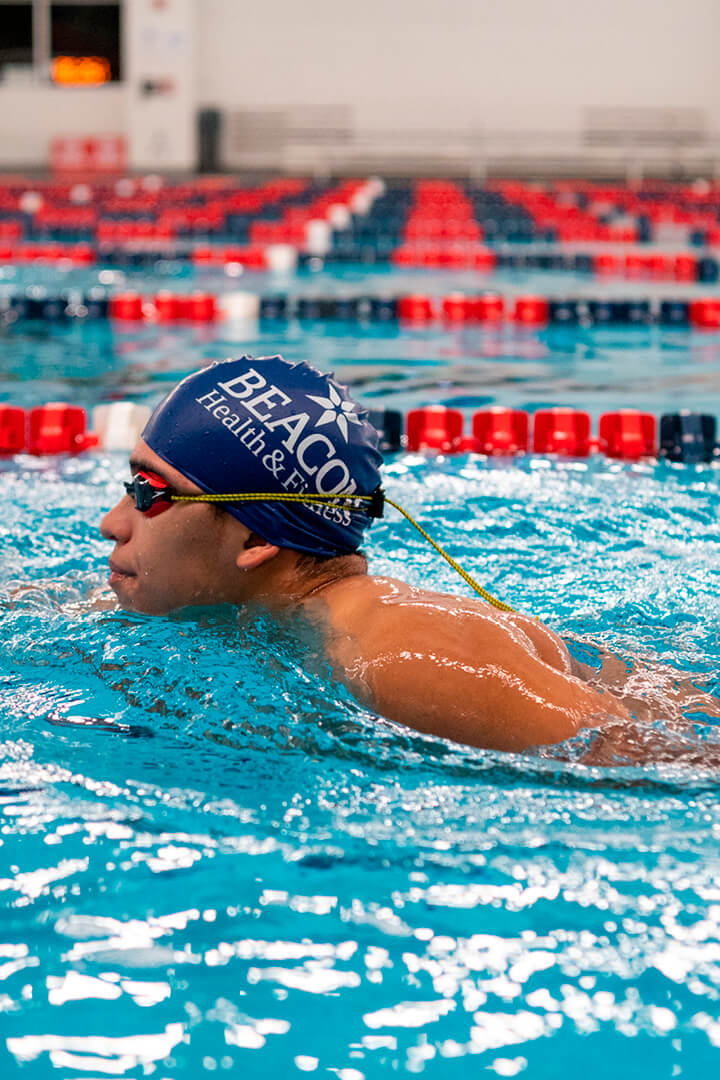[vc_row css_animation=”” row_type=”row” use_row_as_full_screen_section=”no” type=”full_width” angled_section=”no” text_align=”left” background_image_as_pattern=”without_pattern”][vc_column][vc_column_text]Medial tibial stress syndrome, also known as MTSS and more commonly known as “shin splints,” is an orthopedic injury caused by repetitive stresses applied to the anteromedial aspect of the lower leg. There are multiple, progressive stages of MTSS that patients can experience if they refrain from seeking treatment and rehabilitation. Associated pain originates from the posteromedial tibial border and radiates as stress is continuously forced upon the medial aspect of the tibia. It is estimated that 15 percent of MTSS cases result from the repeated force of pressure found in running exercise (Starkey, Brown, & Ryan, 2010, p. 273.)
There are several different biomechanical influences that aid in the development of MTSS, such as the lack of arch support in shoe wear, hip and upper leg muscular fatigue, and many other abnormalities. Exercises performed on hard surfaces, primarily static exercises, has led to an influx of MTSS cases. However, to single out running and other aerobic exercise would be a false assumption. It has also been supported that increasing a load prematurely during power lifting has caused similar stresses on the lower leg. The amount of weight forced upon the legs, primarily the tibia, results in MTSS and in some severe cases, stress fractures. To measure the severity of a patient’s MTSS condition, health professionals should look for prolonged pronation utilizing static gait observation, both bilaterally and unilaterally.
It is important to track and manage the progress of MTSS due to cases consistently leading to stress fractures localizing at the distal tibia. More advanced detection techniques can be used to reveal the severity of MTSS in patients, such as x-rays, bone scans, and MRIs. Treatment options are typically conservative, utilizing immobilization techniques, such as walking boots and crutches, restricting weight-bearing activities, and minimizing inflammation.
Starkey, C., Brown, S. D., & Ryan, J. L. (2010). Examination of orthopedic and athletic injuries(3rd ed.). Philadelphia: Davis.[/vc_column_text][/vc_column][/vc_row]





